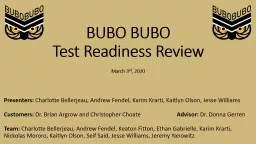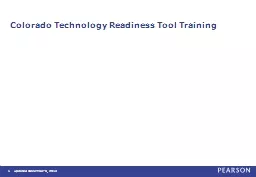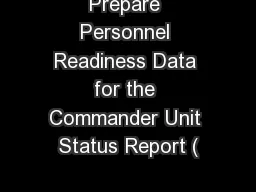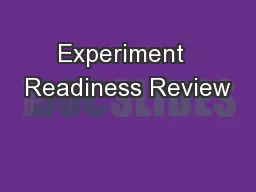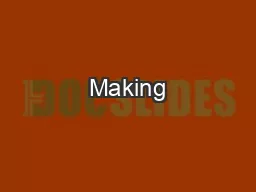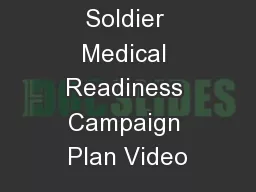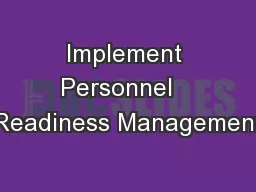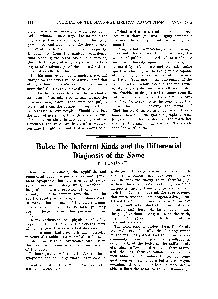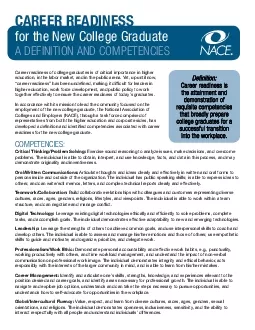PPT-BUBO BUBO Test Readiness Review
Author : blondiental | Published Date : 2020-10-22
March 3 rd 2020 Presenters Charlotte Bellerjeau Andrew Fendel Karim Krarti Kaitlyn Olson Jesse Williams Customers Dr Brian Argrow and Christopher Choate
Presentation Embed Code
Download Presentation
Download Presentation The PPT/PDF document "BUBO BUBO Test Readiness Review" is the property of its rightful owner. Permission is granted to download and print the materials on this website for personal, non-commercial use only, and to display it on your personal computer provided you do not modify the materials and that you retain all copyright notices contained in the materials. By downloading content from our website, you accept the terms of this agreement.
BUBO BUBO Test Readiness Review: Transcript
Download Rules Of Document
"BUBO BUBO Test Readiness Review"The content belongs to its owner. You may download and print it for personal use, without modification, and keep all copyright notices. By downloading, you agree to these terms.
Related Documents

